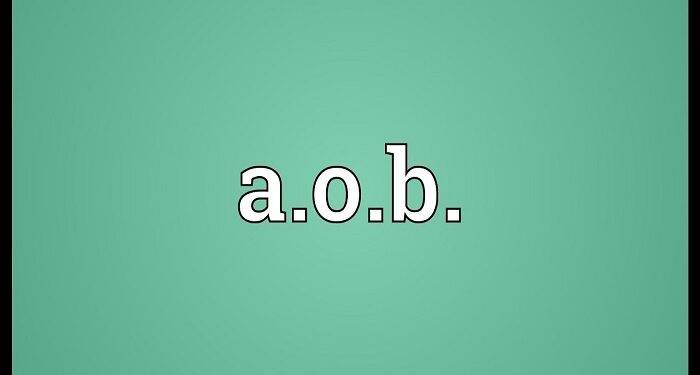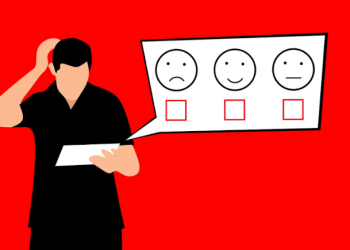AOB is an acronym for “Any Other Business” and refers to any item not on the agenda at a meeting. Often used to inject new life into discussions, AOB is often used as a recycling bin for meeting items. The chair may also add an AOB to avoid wasting time and keep meetings on track. AOB is not always the most effective way to keep meetings on track, however.
AOB stands for “any other business.” It is usually the last item on an agenda. It can be added to the agenda or moved to the next meeting’s agenda. The term is used to describe a request for the transfer of health benefits. In a business setting, it can refer to an agreement between two or more parties. AOB is a way to avoid a conflict when preparing a meeting agenda.
AOB is an acronym for “Any Other Business”. It is an item that is vague in nature, allowing the meeting to deviate from the original agenda. It is useful to have some rules for any other business, but it is also a potential source of unwanted discussion. For example, a meeting agenda can contain several “any other business” items, so a committee can decide to include them in a future meeting.
AOB stands for “Any Other Business”. These people generally love the sound of their own voice, are unwilling to follow direction from the Chair, and will drone on for hours about a minor subject. AOB is the opposite of a good chair. The Chair should be able to tell you when an AOB is on the agenda if the agenda is a good one. That way, you can be sure that the AOBs aren’t going to dominate the agenda.
AOb is a good acronym to know if your school is on the list for the next meeting. Whether you’re a principal, head of a department, or teacher, the AOb is likely to be on the agenda. An AOb can have many different uses, from addressing educational issues to being a contact person. If you’re not sure how to get involved, there are many ways to participate in the AOb and its decisions.
A meeting agenda can also be a useful way to measure the success of a meeting. It lists the purpose of the meeting, so attendees can judge if the meeting is worthwhile and what is required for future meetings. A well-written agenda also helps potential attendees decide if they want to attend. It shows them how long discussions will last, and whether they should attend. It also allows attendees to make decisions based on what they think is important.












